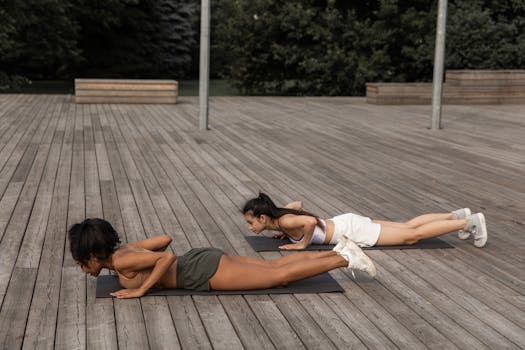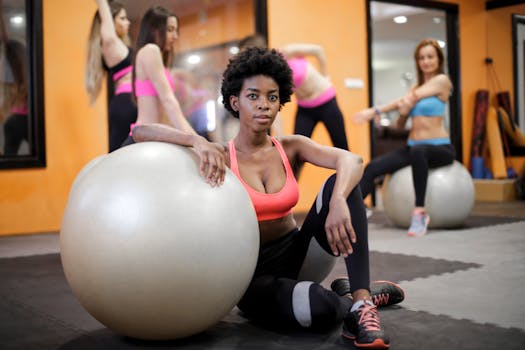Beginner’s Guide to Yoga: Poses and Practices to Start Your Journey
Takeaways: This guide provides beginners with essential yoga poses, practices, and tips to start their yoga journey. You’ll learn about the benefits of yoga, how to set up your practice space, and discover key poses that will help you build a strong foundation.
Yoga is a holistic practice that combines physical postures, breath control, and meditation to promote overall well-being. For those who are new to yoga, the vast array of poses and practices can feel overwhelming. This article will break down the basics, offering you a clear path to begin your journey.
Understanding the Benefits of Yoga

- Improved Flexibility: Regular practice helps to increase your range of motion and reduce stiffness.
- Enhanced Strength: Many yoga poses require strength, helping to build muscle tone and endurance.
- Stress Relief: Yoga promotes relaxation and reduces stress levels through mindful breathing and meditation.
- Better Posture: Practicing yoga encourages awareness of body alignment, improving your posture in daily life.
- Increased Mindfulness: Yoga fosters a deeper connection between mind and body, enhancing your overall mindfulness.
Setting Up Your Yoga Space

- Choose a Quiet Space: Find a serene area in your home where you can practice without interruptions.
- Comfortable Flooring: Use a yoga mat or a soft surface to provide cushioning for your joints.
- Add Personal Touches: Decorate your space with calming elements like candles, plants, or inspirational quotes.
- Gather Your Props: Common props include yoga blocks, straps, and bolsters, which can aid in your practice.
Essential Yoga Poses for Beginners
As a beginner, it’s important to focus on foundational poses that build strength and flexibility. Below are some essential yoga poses:
1. Mountain Pose (Tadasana)
This standing pose helps improve posture and balance. Stand tall with your feet hip-width apart, arms at your sides. Engage your thighs and lift your chest while grounding your feet.
2. Downward-Facing Dog (Adho Mukha Svanasana)
A foundational pose that stretches the entire body. Start on your hands and knees, lift your hips, and straighten your legs, forming an inverted V shape.
3. Child’s Pose (Balasana)
A gentle resting pose that helps relieve stress and tension. Kneel on the floor, sit back on your heels, and stretch your arms forward while resting your forehead on the mat.
4. Warrior I (Virabhadrasana I)
This pose builds strength in the legs and opens the hips. From a standing position, step back with one foot, bend your front knee, and raise your arms overhead.
5. Corpse Pose (Savasana)
A final relaxation pose that allows your body to absorb the benefits of your practice. Lie flat on your back, arms at your sides, and focus on your breath.
Incorporating Breath and Mindfulness
Breath is a fundamental aspect of yoga. Mindful breathing can enhance your practice. Here’s how you can incorporate breath:
- Practice Deep Breathing: Inhale deeply through your nose, allowing your belly to expand, and exhale slowly through your mouth.
- Synchronize Breath with Movement: Coordinate your breath with your movements. Inhale as you stretch, and exhale as you fold.
- Use Breath to Center Yourself: Focus on your breath to ground yourself, especially during challenging poses.
Conclusion
Starting your yoga journey is an exciting step towards improved physical and mental well-being. By focusing on foundational poses, creating a calming practice space, and incorporating mindful breathing, you can cultivate a fulfilling yoga practice. Remember, yoga is a personal journey; take your time, enjoy the process, and embrace the changes it brings to your life. For further resources, consider visiting Yoga Journal, DoYou, and Yoga Basics for more tips and tutorials.

